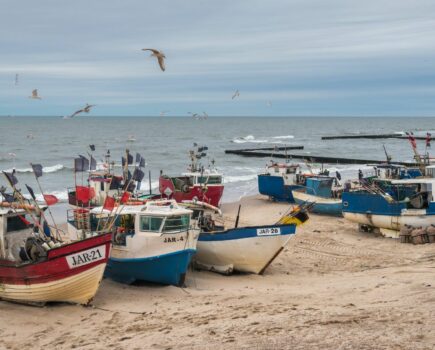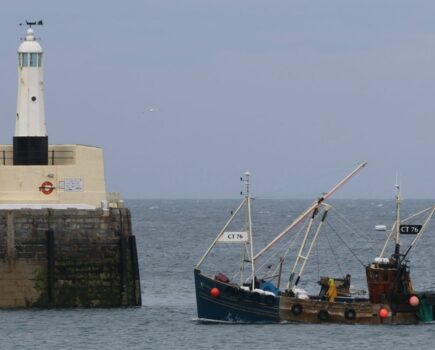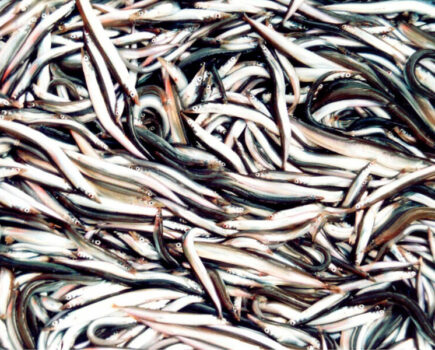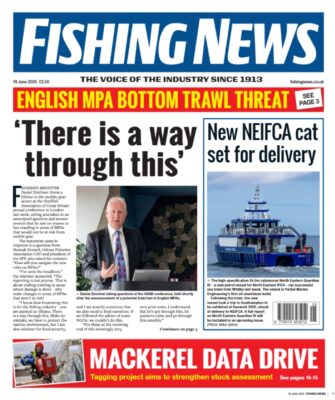Rapid expansion of live exports planned following first successful shipment
A Canadian seafood company has successfully completed its first flights of live lobster direct to Spain – a move that could threaten the premium paid for European lobsters.
The first successful flights from the remote Newfoundland airport of Gander is the result of several years’ work and investment, which Canadian seafood companies say signal a huge change in exports of live lobster, with plans to rapidly expand live sales.
The first shipments, of nearly 1st of live lobster per flight, were made direct to Madrid, where the lobster will compete directly with UK live exports for market share.
Darrell Roche, CEO of Whitecap International Seafood Exporters, one of the companies behind the multi-year plan, said it was a big step forward for the Canadian seafood sector.
“It’s the first time that we’ve had enough volume that we felt comfortable that we can support such a programme,” he told Radio Canada. “When you’re flying lobsters, you need to be 100% sure that the blood-protein levels are there in the lobsters, and that the shells are hard and the meat is full. So these are prerequisites, and Newfoundland lobsters fit that prerequisite perfectly.”
Prior to the investments in Newfoundland, live lobster had to be shipped to mainland Canada to find a suitable airport, adding both cost and considerable time to the process. The new investments, the lobster exporters say, mean that live lobsters can be on display for sale in Madrid just 16 hours after leaving holding tanks in Newfoundland.
The moves are part of a repositioning of Newfoundland seafood exports, given a recent boost last month when a 28,800t TAC for the northern cod stock – the largest quota for the stock for more than 30 years – was announced.
Investors in the new seafood holding facility at Gander Airport, with a holding capacity of 75t of fresh or live seafood, say that diversification into lucrative fresh markets will ‘futureproof’ them against potential tariffs from the USA, and also enable them to obtain higher prices.
“Whilst the first flight was focused on lobster and the Spanish market, the broader plan includes expansion into France, the UK and eventually high-value Asian markets such as South Korea and Japan,” Whitecap said in a statement. “We look forward to delivering premium, quality, fresh North Atlantic cod this fall from Newfoundland to customers across Europe.”
Europe imported 8,000t of Canadian lobster in 2024, but this was almost entirely cooked, frozen product that retailed for as little as £5 per lobster. With stocks in Newfoundland booming as the waters there warm, Canada is hoping to increase both this volume, and also the prices received for what will be repositioned as a premium live product on European markets.
“We’ve gone from about 5m pounds (2,270t) of lobster landings several years ago to this year,” Darrell Roche said. “Hopefully we’ll hit 25m pounds (11,663t) this year.”
The Fish Food and Allied Workers’ Union, which represents many Canadian fishermen, recorded an average price at the end of June for lobster on the quay of CAD$10.45/1b, equivalent to £12.18 a kilo – the highest seen for several years.
With prices for UK fishermen for live lobster currently between £14 and £15 in Cornwall, how does this newly arrived competition bode for the UK lobster industry?
One exporter of live shellfish told FN: “We don’t sell into Spain, but we do go head to head already against Canadian imports, in live markets in London and Paris. We don’t see them as a threat in these markets – the buyers and chefs know quality when they see it, and know that European lobster is a better product.
“The key for both fishermen and buyers is to keep the quality of our lobster up, and concentrate on this. I would be more worried about a glut of poor-quality UK lobsters coming onto the market and damaging the reputation we have built up, than a new source of Canadian imports.
“The buyers who sell into Spain may be telling a different tale in a few weeks’ time, but my thoughts would be just to remember we are always in a competitive market, and that concentrating on quality, not quantity, is always the way to go.”
By Andy Read
This story was taken from the latest issue of Fishing News. For more up-to-date and in-depth reports on the UK and Irish commercial fishing sector, subscribe to Fishing News here or buy the latest single issue for just £3.50 here.
Sign up to Fishing News’ FREE e-newsletter here.








